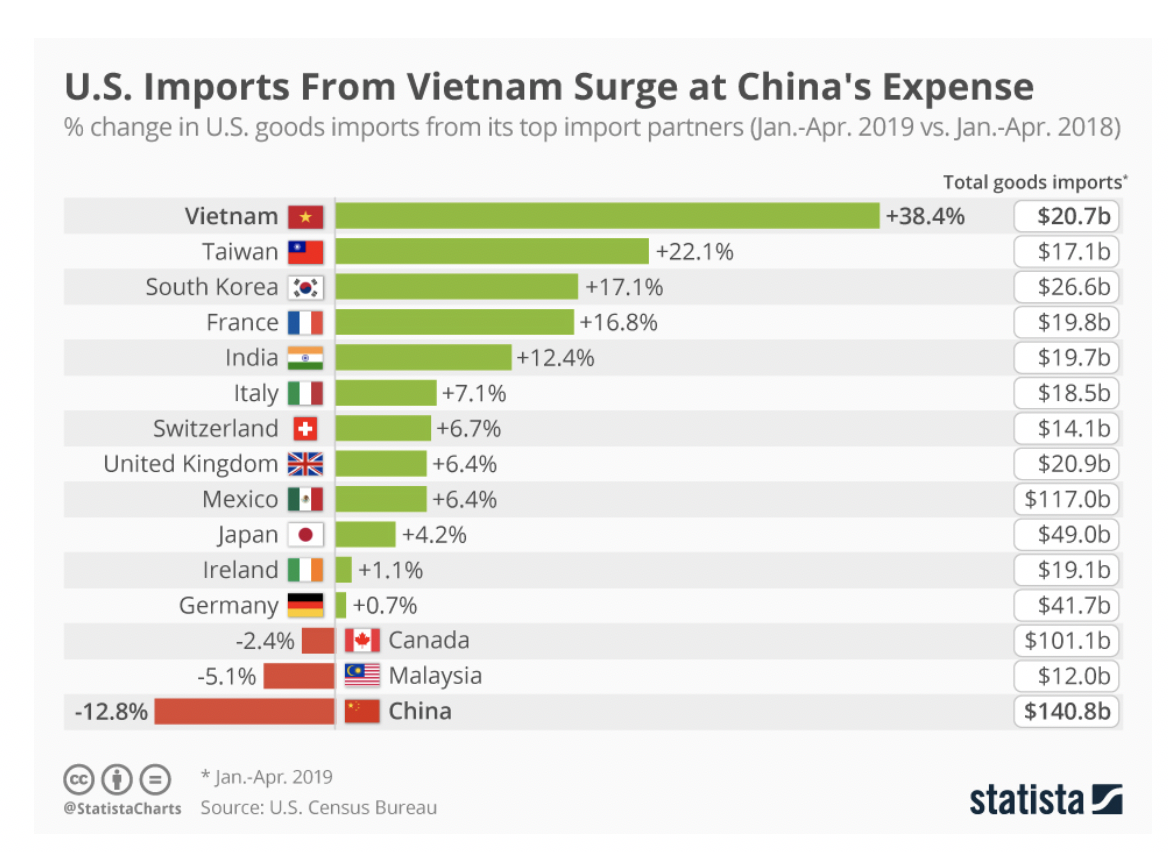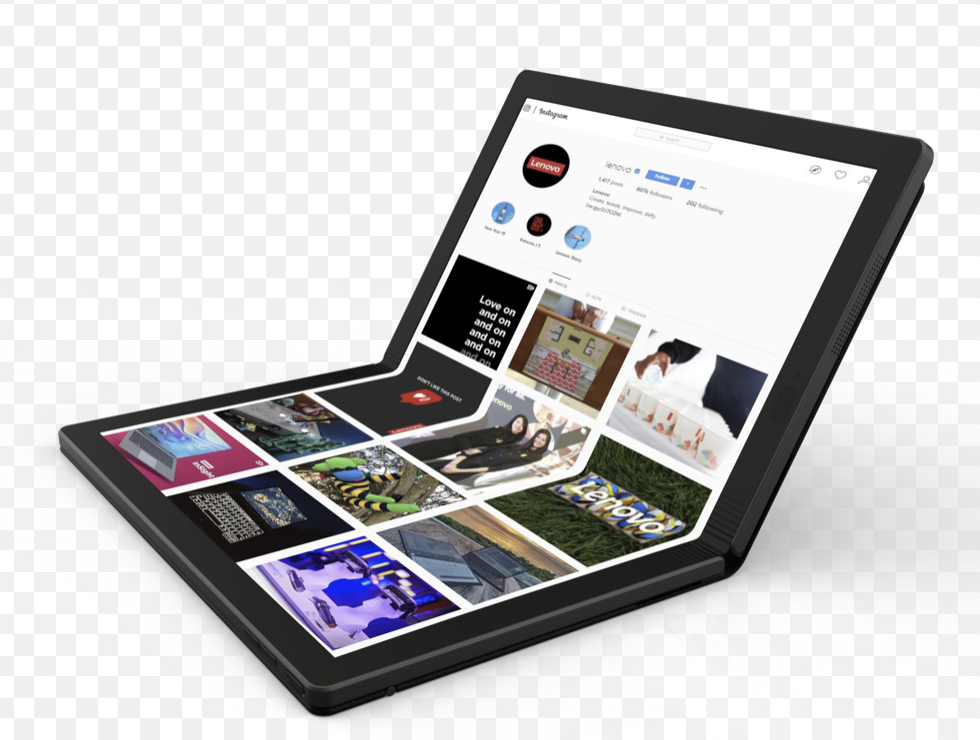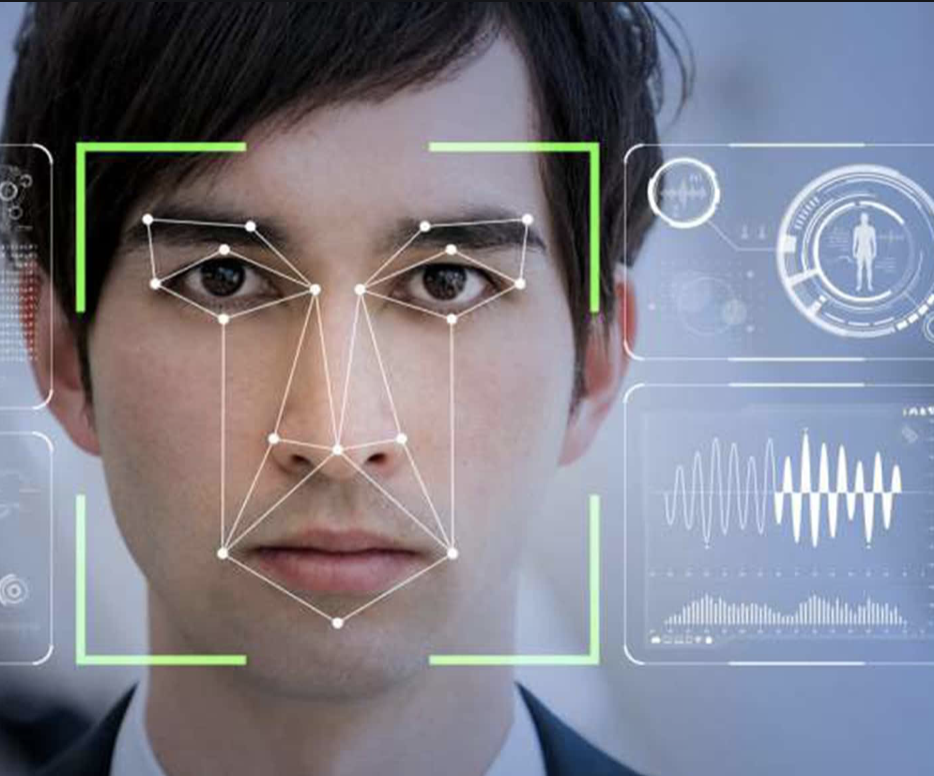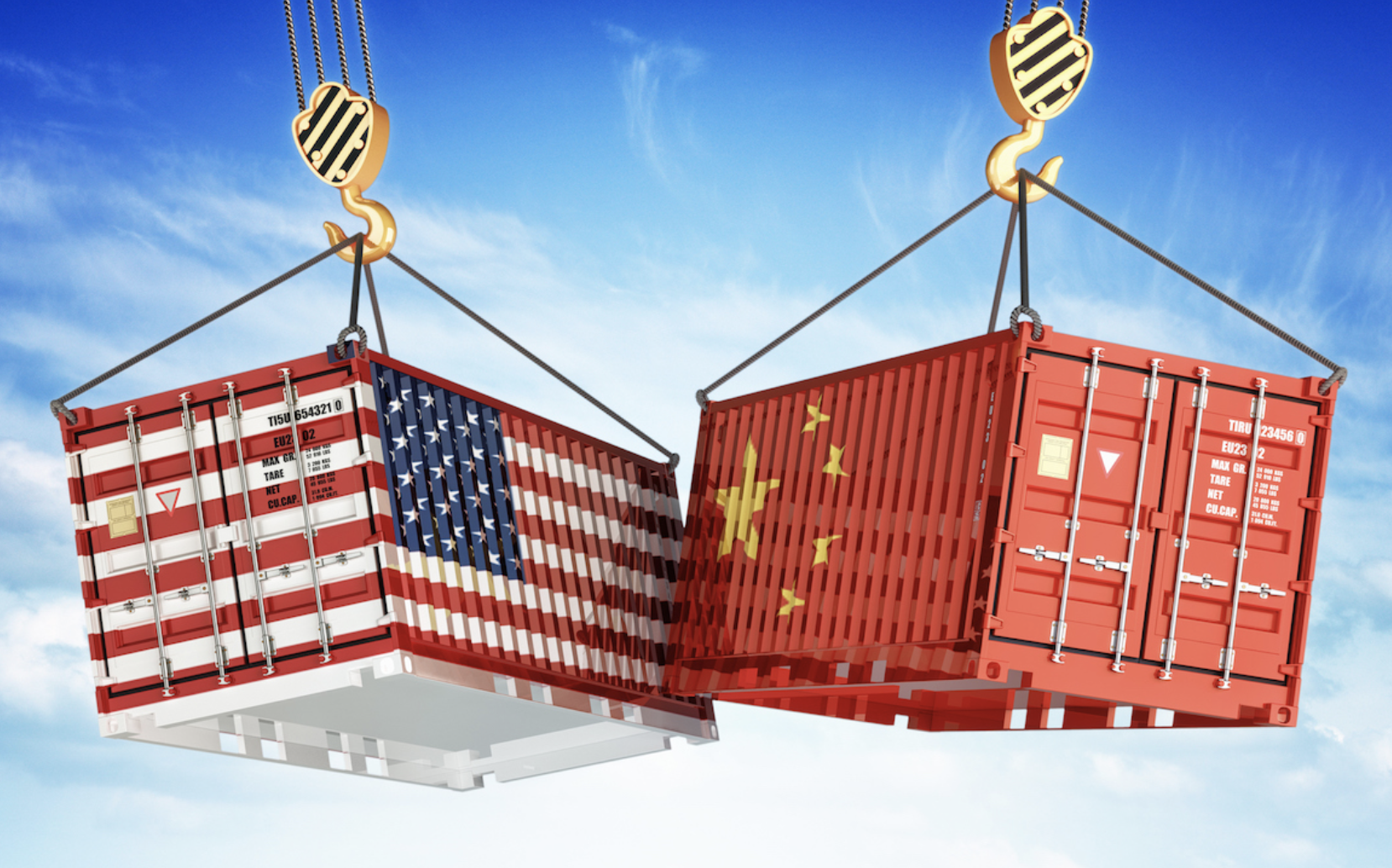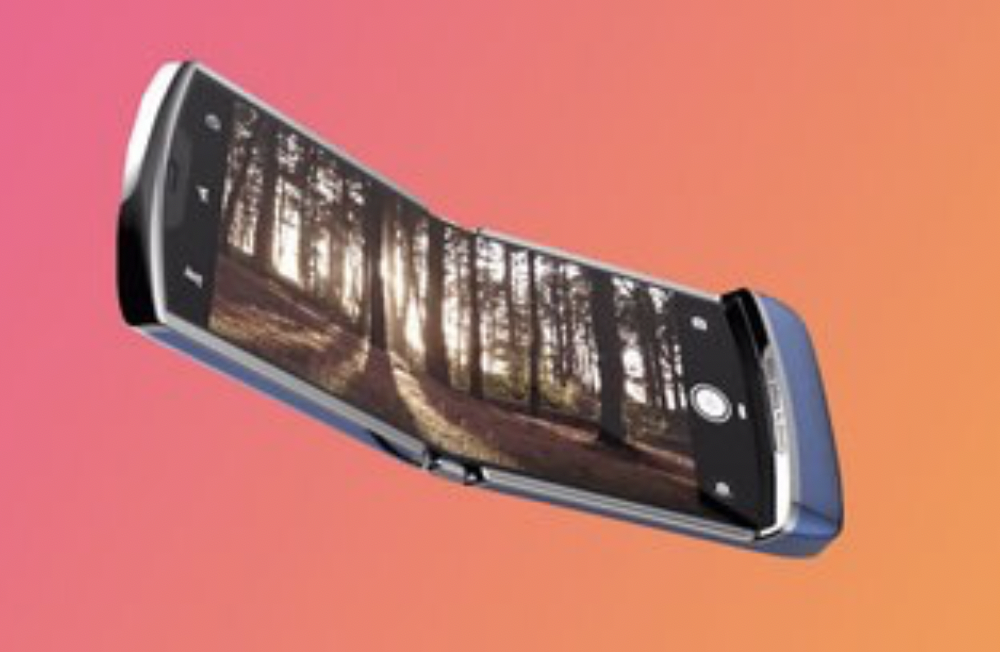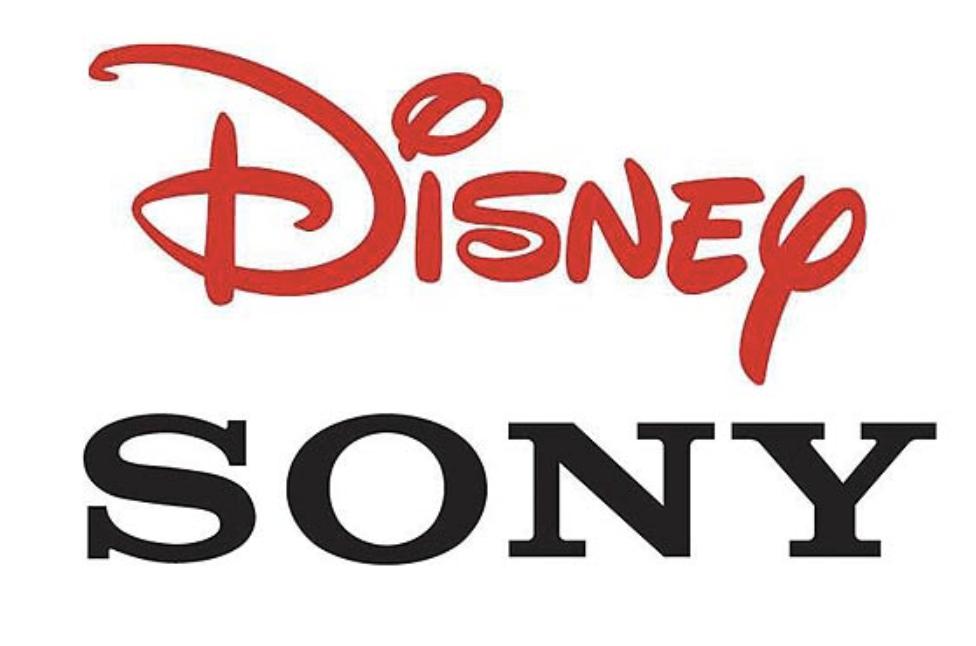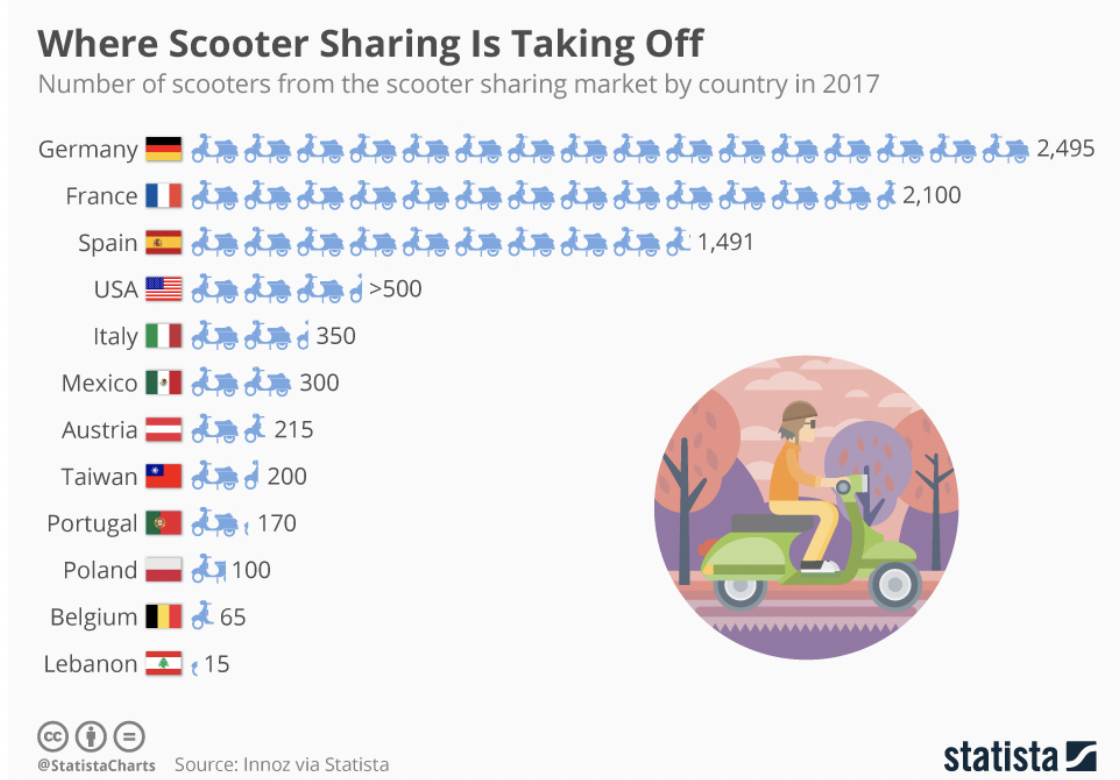For the first seven years of my life, I lived in the home of my German grandmother and two of her daughters who, along with my mother and father, guided me in this early stage of my childhood.
One of the reasons my two aunts lived with my grandmother was that she was totally blind and devoted almost three decades of their lives to caring for her. She developed an eye disease related to glaucoma in the early 1940s. So, when I was born, she had been blind for many years, and this was the only way I ever knew her.
Living with a blind grandmother has made me highly aware of the role the eye plays in our health, and every day, I am thankful for healthy eyesight. But if technologists have their way, the eye will soon become more than just a vehicle for delivering sight.
In April of 2016, Samsung received a patent for smart contact lenses with a built-in camera. Samsung began developing these smart contact lenses as a means to create a better-augmented reality experience and in the process, added the camera feature into its design.
As a diabetic, I have watched closely Google’s patent for smart contact lenses that in its first iteration, will serve as a way to check blood sugars for diabetics. Theraoptix is working on contact lenses for delivering eye medication for treatment of eye diseases.
But the one I am also watching very closely is the patent that Sony filed that includes a camera for taking pictures and video recording. Although Samsung has filed a similar patent, Sony’s experience in cameras and optical lenses and video recording could be the most important of the two.
A post by anohq.com shared more details on the Sony patent:
“Sony’s patent doesn’t mean we’ll be seeing them anytime soon. Nevertheless, Sony’s release of the lens will contain a picture-taking unit, a central controlling unit, the main unit along with an antenna, a storage area, and a piezoelectric sensor.
The last-mentioned unit above is responsible for monitoring the time on how long the eyelids have remained opened, and it will also detect the blink that was done to take a picture, as well as the blinks that were done subconsciously. This will allow the unit to distinguish between taking pictures and a normal blink.
As mentioned in Sony’s patent, the subconscious blink is between 0.2 to 0.4 seconds. Thus the patent states that if the blink exceeds more than 0.5 seconds, then it was done on purpose and will be considered an unusual blinking, therefore, gesturing the unit to capture the image. The antennae will supply the power to the lens wirelessly, source it from the smartphone, a smart tablet or a computer. The technology that was first discovered by Nicola Tesla will use either radio waves, electromagnetic induction or electromagnetic field resonance, and to top it off, the smart lens will sport an autofocus and zoom ability.
But before happy blinking customers can get their hands on this latest device, and for the intelligence agencies to ‘blink’ on everything in their sight, the technology is still to go through stringent tests. Then again, technology such as this is an interesting concept wrapped up in the scary, depending on how it will be used.”
Market Research Future has published a report called “Smart Contact Lenses Market, Forecast Up to 2023” that details much of what is going in the smart contact lenses world and its potential future.
There are two very interesting things tied to this concept of smart contact lenses worth mentioning. The first is the types of positive applications that it could deliver, such as its use to monitor blood sugars and to deliver eye medicine directly to an eye. And the convenience of being able to capture a picture or record a video at a moment’s notice without having to take out your smartphone or a dedicated camera to handle this task. One could see many positive applications for smart contact lenses, at least on the surface.
But the last line in this Anonhq piece is important. It say’s “Technology such as this is an interesting concept wrapped up in the scary, depending on how it will be used.”
It would be a great tool for the spy community but could be misused as well. China has surveillance cameras everywhere but imagine if every person who used smart lenses could be enticed to share any captured images or video with the government as part of their surveillance program. The surveillance angle alone makes this a scary technology. It could also be misused in other ways, so one ethical question those working on smart lenses needs to grapple with is not only the pro’s and cons but ways to make them un-intrusive, so they don’t violate anyone’s personal rights.
The eye does seem to be a new frontier for the tech industry to explore in terms of making the eye smarter. I personally wish they would invest in finding a cure to blindness, glaucoma and other eye diseases that impact a person’s sight and lifestyle, but making the eye smarter might contribute to finding these cures in the process. One can only hope this will be true!


